
N. Burridge, G. Burwell, O. J. Sandberg, A. Armin, P. Meredith, Adv. Electron. Mater. 2024, 2400645.
Aeberhard, U., Natsch, N., Schneider, A., Zeder, S.J., Carrillo-Nuñez, H., Blülle, B. and Ruhstaller, B. (2024),
Sol. RRL 2400492.
M. Battaglia, E. Comi, T. Stadelmann, R. Hiestand, B. Ruhstaller, E. Knapp;
APL Mach. Learn. 1 September 2023; 1 (3): 036108.
Kang, H., Hwang, Y., Kang, Cm. et al.
Sci Rep 13, 14070 (2023).
Diogo Castro, Vera C. M. Duarte, and Luísa Andrade
ACS Omega Article ASAP
Soobin Sim, Jinha Ryu, Dae Hyun Ahn, Hyunsu Cho, Chan-mo Kang, Jin-Wook Shin, Chul Woong Joo, Gi Heon Kim, Chun-Won Byun, Nam Sung Cho, Hyoc Min Youn, Young Jae An, Jin Sun Kim, Hanyung Jung, and Hyunkoo Lee,
Opt. Express 30, 24155-24165 (2022)
Gregory Burwell, Oskar J. Sandberg, Wei Li, Paul Meredith, Matt Carnie, and Ardalan Armin
Sol. RRL 2200315, 1 , (2022)
Takeshi Kamijo, Suzanne de Winter, Pradeep Panditha, and Eric Meulenkamp
ACS Applied Electronic Materials 2022 4 (2), 698-706
G. Burwell, N. Burridge, E. Bond, W. Li, P. Meredith, and A. Armin
Adv. Electron. Mater. (2021), 2100192
Ennio Luigi Comi,Evelyne Knapp, Stefano Weidmann, Christoph Kirsch, Sandra Jenatsch, Roman Hiestand, Beat Ruhstaller
Solar Energy Advances
Volume 1, 2021, 100003
Z. Chen, J. Wang, H. Jin, J. Yang, Q. Bao, Z. Ma, W. Tress and Z. Tang
J. Mater. Chem. C (2021)
-
![Swansea University Logo]()
Dr. Gregory Burwell, Department of physics, Swansea University
“Laoss helps us to better understand systems before we commit time and resources to make them in the lab.”
-
![Swansea University Logo]()
Dr Ardalan Armin, Ser-SAM group, Department of physics, Swansea University
“We have extensively used both SETOS and LAOSS in our recent endeavor to model large-area OPV and OLED devices. The intuitive workflow of both software packages allows us to quickly try out new ideas before realising them experimentally.“



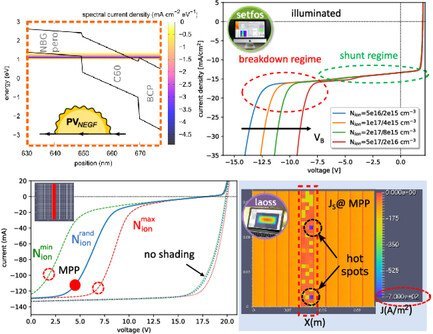

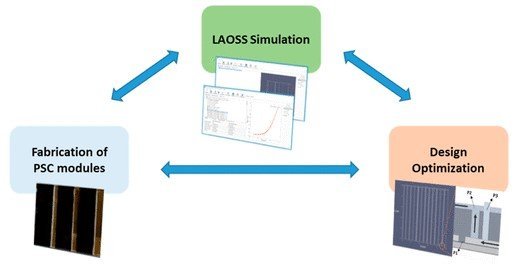


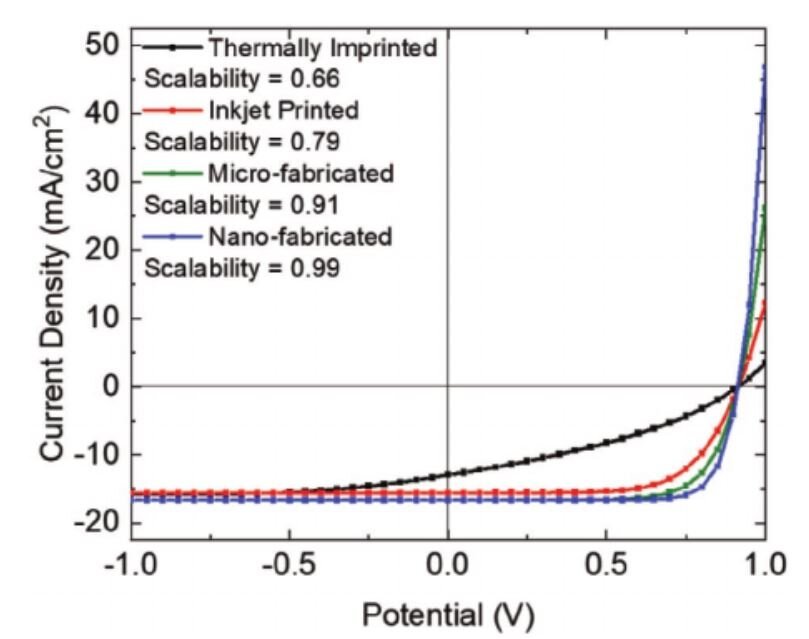
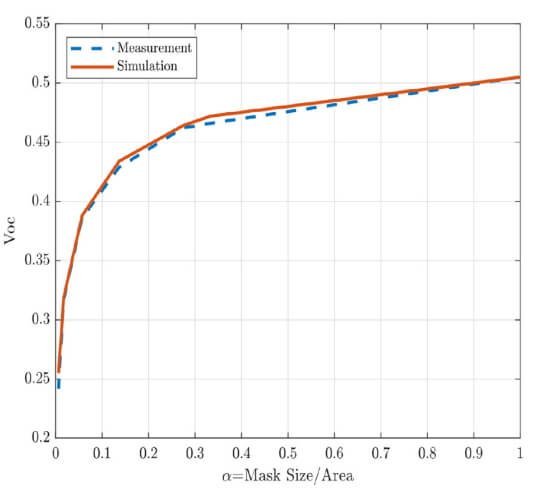
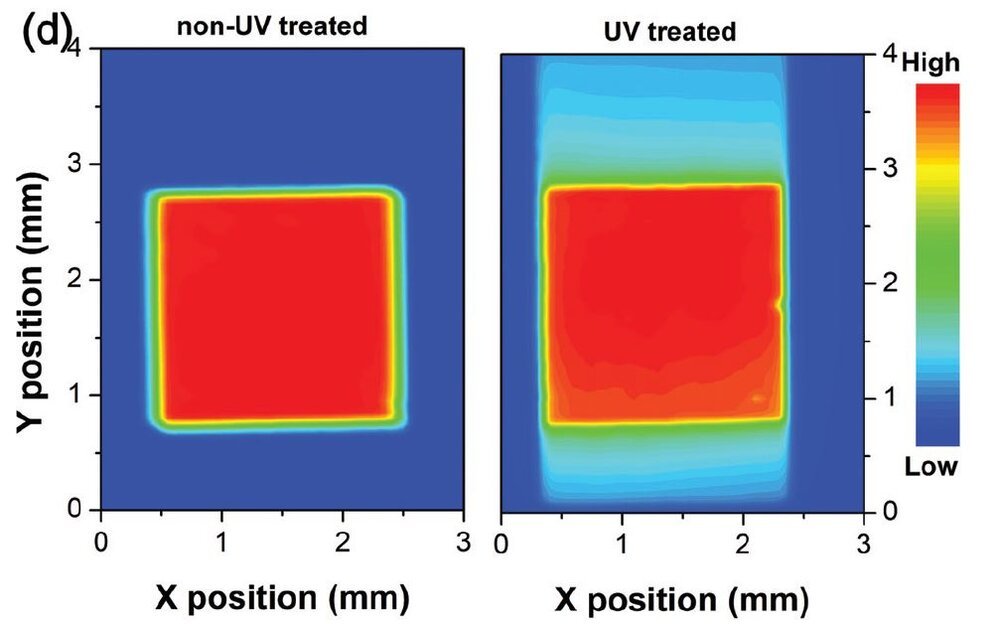


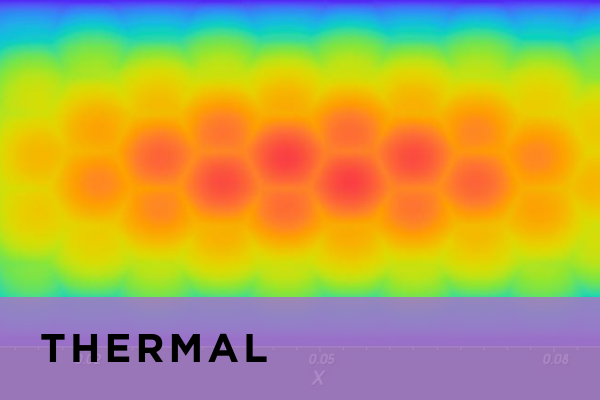

Kang, B. and Yan, F. (2025), Emerging strategies for the large-scale fabrication of perovskite solar modules: from design to process. Energy Environ. Sci., 18: 3917.